California Ebike Law 2025: What’s Going On?
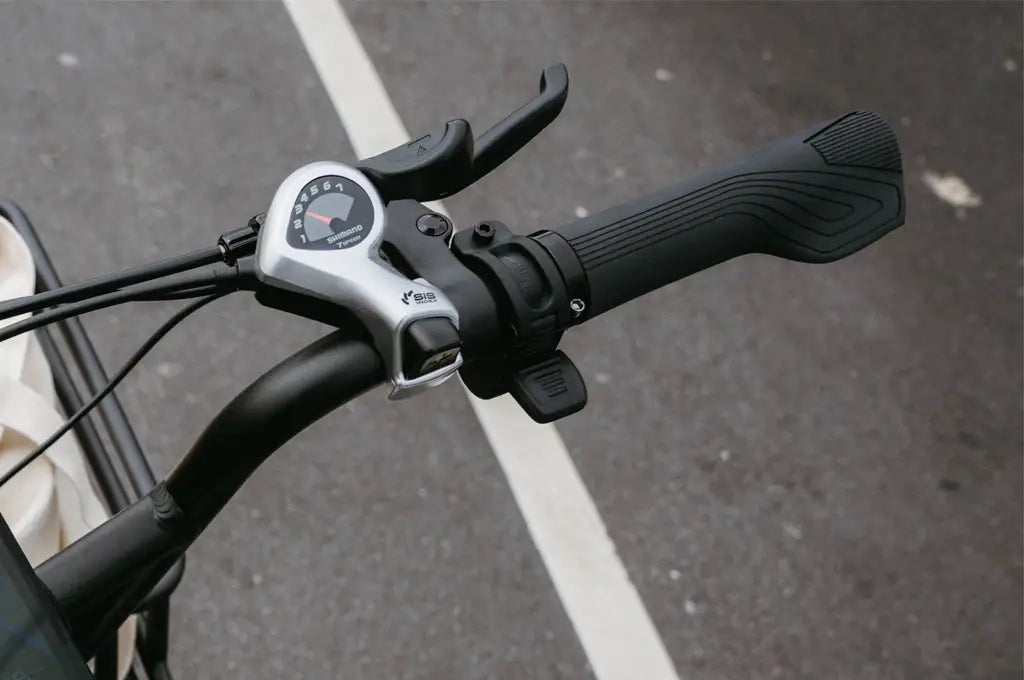
California has implemented new electric bike laws, and it feels like they’re cracking down on electric bikes more than ever before. I've seen a lot of comments asking me to analyze this, and I know for many, this new legislation is going to cause some real trouble.
So, what exactly are these new electric bike laws in California?
The Basics of Classifications
Here’s the rundown:
Class 1 ebikes: These are pedal-assist bikes that cap out at 20 mph.
Class 2 ebikes: These bikes come with a throttle (like a twist throttle or thumb throttle) and can also go up to 20 mph.
Class 3 ebikes: These are pedal-assist only, and the top speed can go up to 28 mph, which has been the legal speed limit in California for a while.
The maximum power is 750W.
Restriction on Throttles for Class 3 E-Bikes
One of the most immediate impacts of the law is the restriction on throttles for Class 3 e-bikes.
I’ve discussed this issue before: Do Electric Bikes with a Throttle Qualify as Class 3 E-Bikes?
This was previously an ambiguous issue, but California has now made it clear that throttles are banned on Class 3 e-bikes.
Currently, many brands, such as Aventon and Pedego, sell Class 3 e-bikes equipped with throttles. These throttles allow the bike to reach speeds of up to 20 mph and cannot be used simultaneously with pedal assistance.
This feature has now been banned, meaning manufacturers will no longer be able to market or sell Class 3 e-bikes with a functional throttle in California. This is a significant shift for the market.
For e-bike manufacturers, this means they will need to rethink the design of their high-speed models. Brands that previously offered throttles on Class 3 bikes will now have to produce throttle-less models or risk not complying with the new regulations.
Impact on Motor Power Ratings
Another significant aspect of the new law is the clarification regarding motor power. Previously, the law referred to "continuous power," which allowed e-bike motors to momentarily exceed their rated 750W power output. Under the new law, this ambiguity is eliminated, and e-bike motors must not exceed 750W, period.
But here’s the problem: some bikes with 750W motors can actually peak much higher, up to 1,500W in some cases, depending on the controller and battery. For consumers, this could lead to confusion about what to expect in terms of performance, as the new law prohibits the sale of e-bikes that have any motor power exceeding the 750W limit.
Long-Term Impact on the E-Bike Industry
California tends to set trends, and I’m afraid other states will follow suit with similar legislation. If California’s laws go awry, it won’t be long before other states jump on the same bandwagon. It feels like we’re heading toward a future where ebikes are regulated just like cars.
As other states may adopt similar regulations, manufacturers will face increasing pressure to redesign their e-bikes to comply with these new standards. This could lead to a fragmented market where different e-bike models are tailored to specific state laws, creating logistical and marketing challenges for both manufacturers and consumers.
Potential Consequences for Riders
For California riders, the new law could lead to frustration as existing e-bikes with throttles may no longer be street-legal. Those with Class 3 e-bikes may face difficulties if they want to use their bikes on public roads or bike lanes. It remains unclear whether previously purchased bikes will be grandfathered in under the new law, or if riders will be required to modify or remove their throttles to comply with the regulations.
In some cases, riders may choose to modify their e-bikes themselves, potentially voiding warranties or even creating unsafe conditions. This adds complexity to the overall market, as riders will have to stay informed about the laws and their obligations to stay legal.
Final Thoughts
The new California electric bike laws for 2025 mark a significant shift in the regulatory landscape for e-bike manufacturers and riders alike. While the intention behind the legislation is to ensure safety and consistency, it introduces some challenges.
The ban on throttles for Class 3 e-bikes, along with stricter motor power regulations, will force manufacturers to rethink their designs and may leave many existing bikes in legal limbo. For consumers, this could mean a frustrating experience as they navigate the complexities of the new rules.
Looking ahead, California’s role as a trendsetter for legislation could mean similar laws in other states, further complicating the e-bike market. Riders will need to stay informed and adaptable.
What are your thoughts on all of this? Drop a comment and let’s discuss.
Continue reading
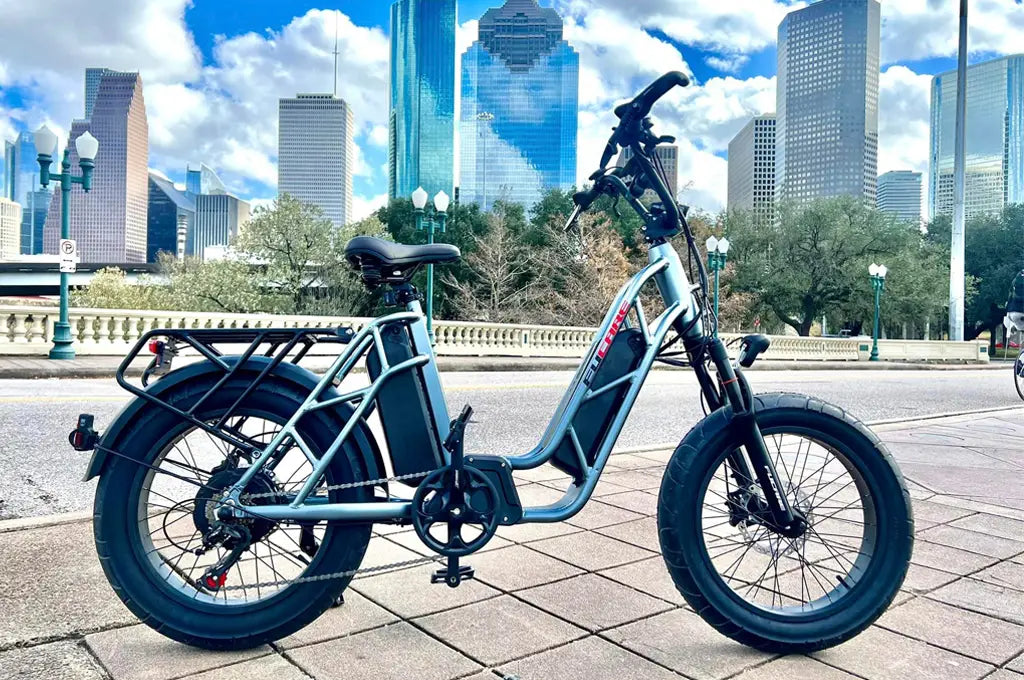
Trump's New Tariffs Set to Drive Up Electric Bike Prices in the US
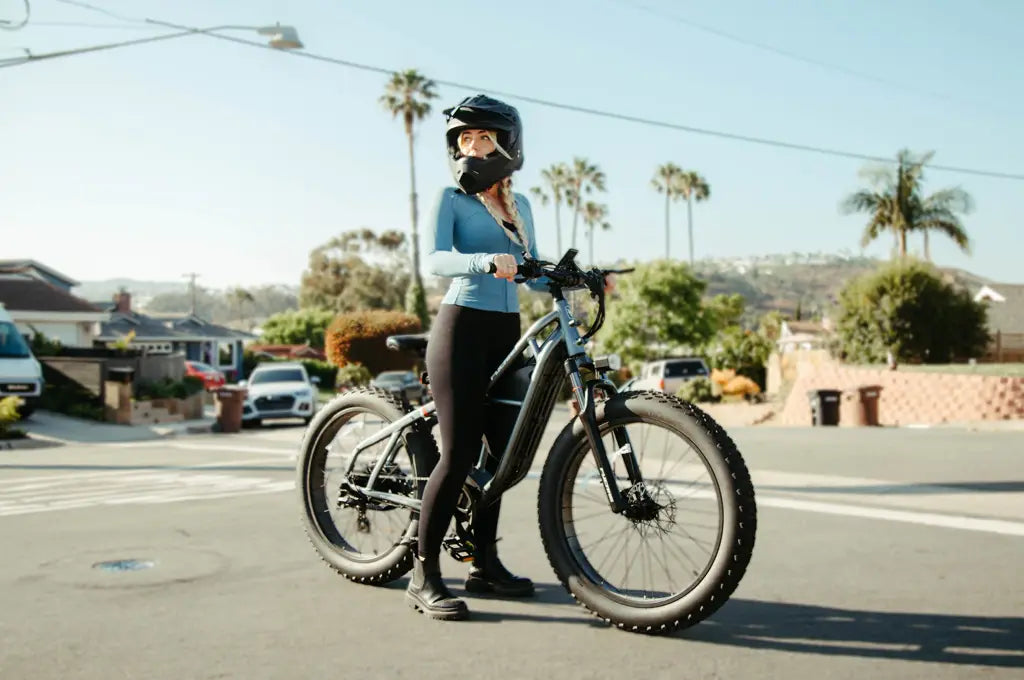





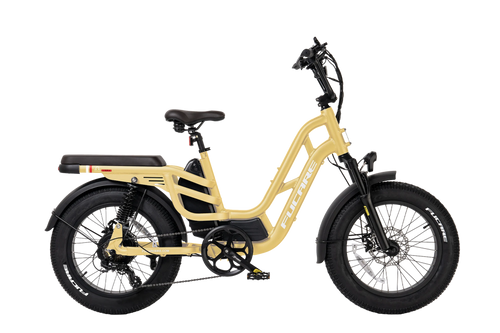
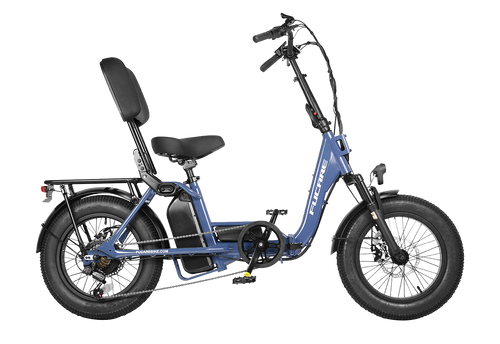
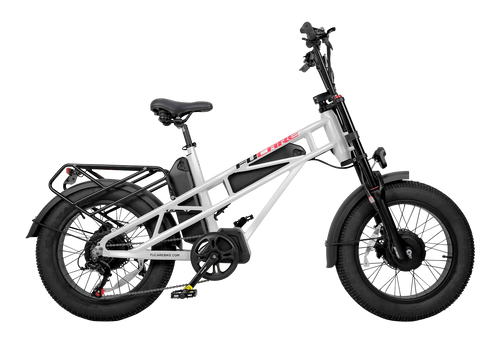
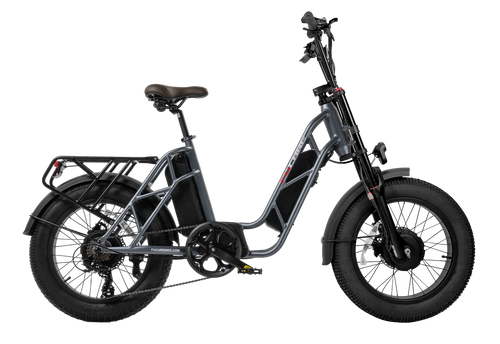
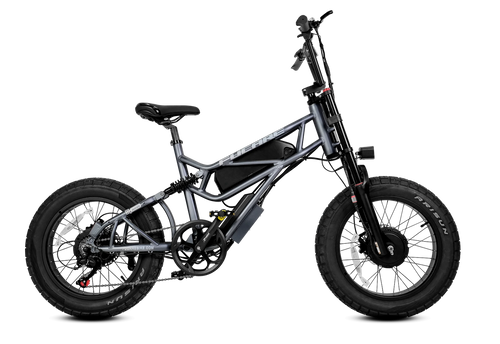
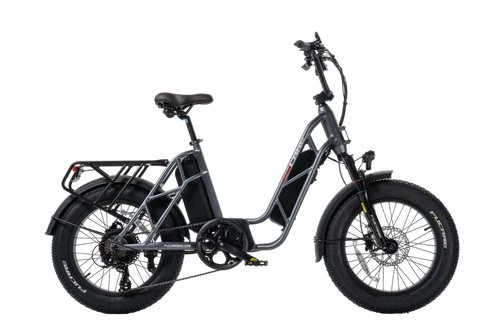
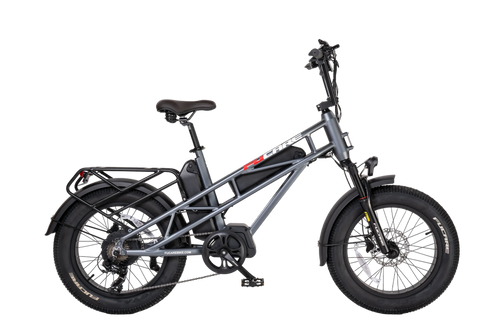


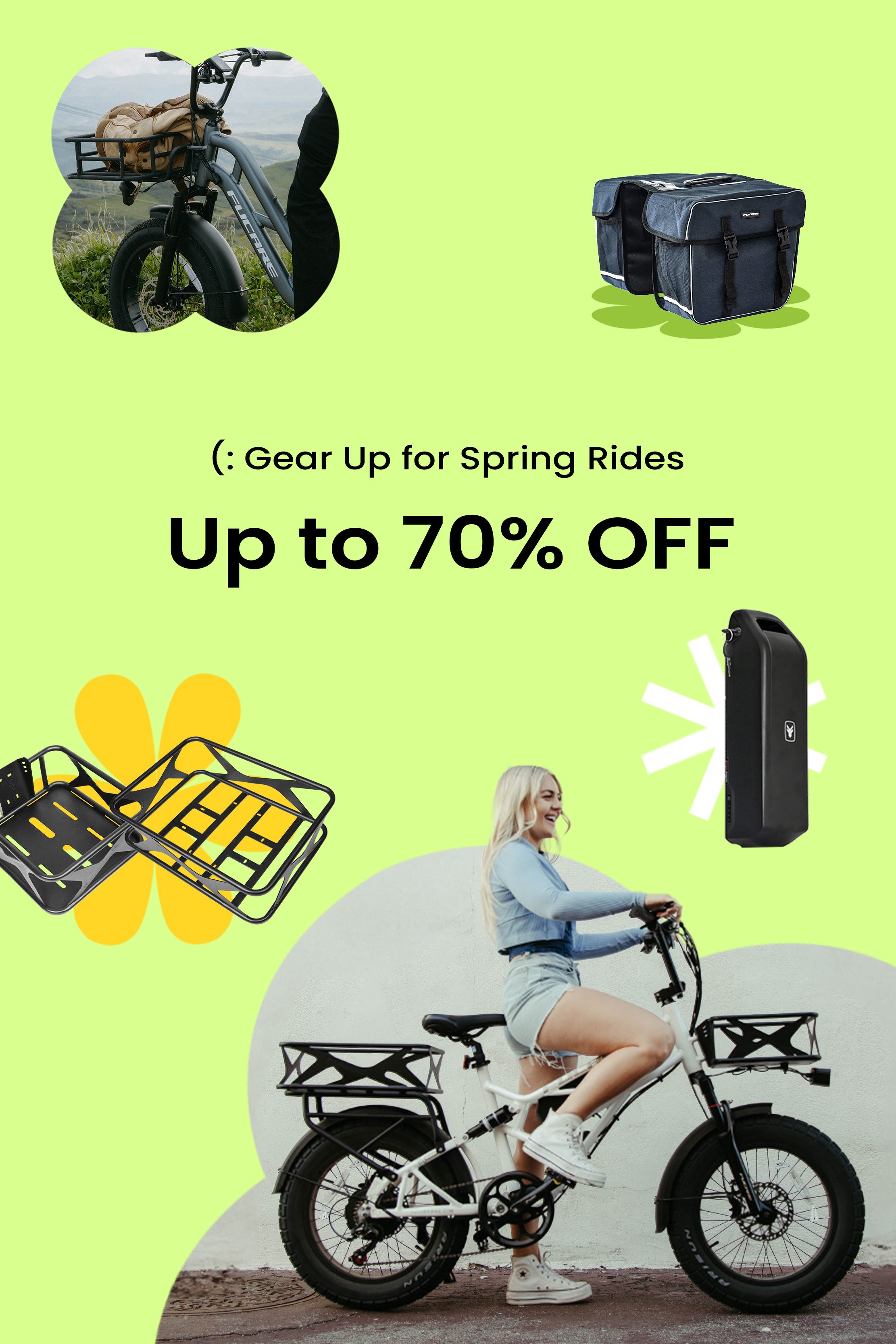


3 comments
A.J.
Living in California, I’ve seen many accidents, and even more close calls from people that don’t ride their e bikes safety, running stop signs, red lights, and riding on the wrong side of the road. Drivers don’t look out for people on bikes and motorcycles, is part of the problem. The should require a license to operate a throttled 30 mph e bike, so riders can at least be aware of safety rules while riding. Personally I never ride on streets because there’s too many idiot drivers that shouldn’t have a drivers license
Living in California, I’ve seen many accidents, and even more close calls from people that don’t ride their e bikes safety, running stop signs, red lights, and riding on the wrong side of the road. Drivers don’t look out for people on bikes and motorcycles, is part of the problem. The should require a license to operate a throttled 30 mph e bike, so riders can at least be aware of safety rules while riding. Personally I never ride on streets because there’s too many idiot drivers that shouldn’t have a drivers license
Lonnie Payton
This is such bulllshit ca.law I have both thumb and pedal assist you need both and you need to go over 20 mph for instance I had injured my foot last month so I had to use my throttle because it hurt to pedal.I always use my pedal assist otherwise.
This is such bulllshit ca.law I have both thumb and pedal assist you need both and you need to go over 20 mph for instance I had injured my foot last month so I had to use my throttle because it hurt to pedal.I always use my pedal assist otherwise.
Jeff
Thank you for this thoughtful and accurate article. I have a Juiced Hyperscrambler which is a moped-style, throttle-equipped ebike that has many features which can be used to increase the speed for use in private land or off-road situations. It does, however, have a programmable controller which allows you to effectively turn it into a class 2 ebike which complies with the law. You have to set the speed limiter to 20mph, at which point the power cuts off either you are pedaling or using the throttle.
I live in Oregon and they just passed an identical law to CA, as you predicted.
The question for me concerns enforcement. Without enforcement these laws are basically meaningless. I think if you are riding recklessly you might eventually attract the attention of law enforcement but if you are stopping at stop signs and red lights I don’t think the police are going to mess with you. I think the laws are designed so that if the police need to invoke one of these laws they will be asked to do so. But that doesn’t mean they’re going to set up check points anytime soon. It really depends on the community and the jurisdiction.
I have decided to keep my speed to 20 mph when other people are around, not just because of the law but due to basic respect and consideration for others.
Thank you for this thoughtful and accurate article. I have a Juiced Hyperscrambler which is a moped-style, throttle-equipped ebike that has many features which can be used to increase the speed for use in private land or off-road situations. It does, however, have a programmable controller which allows you to effectively turn it into a class 2 ebike which complies with the law. You have to set the speed limiter to 20mph, at which point the power cuts off either you are pedaling or using the throttle.
I live in Oregon and they just passed an identical law to CA, as you predicted.
The question for me concerns enforcement. Without enforcement these laws are basically meaningless. I think if you are riding recklessly you might eventually attract the attention of law enforcement but if you are stopping at stop signs and red lights I don’t think the police are going to mess with you. I think the laws are designed so that if the police need to invoke one of these laws they will be asked to do so. But that doesn’t mean they’re going to set up check points anytime soon. It really depends on the community and the jurisdiction.
I have decided to keep my speed to 20 mph when other people are around, not just because of the law but due to basic respect and consideration for others.